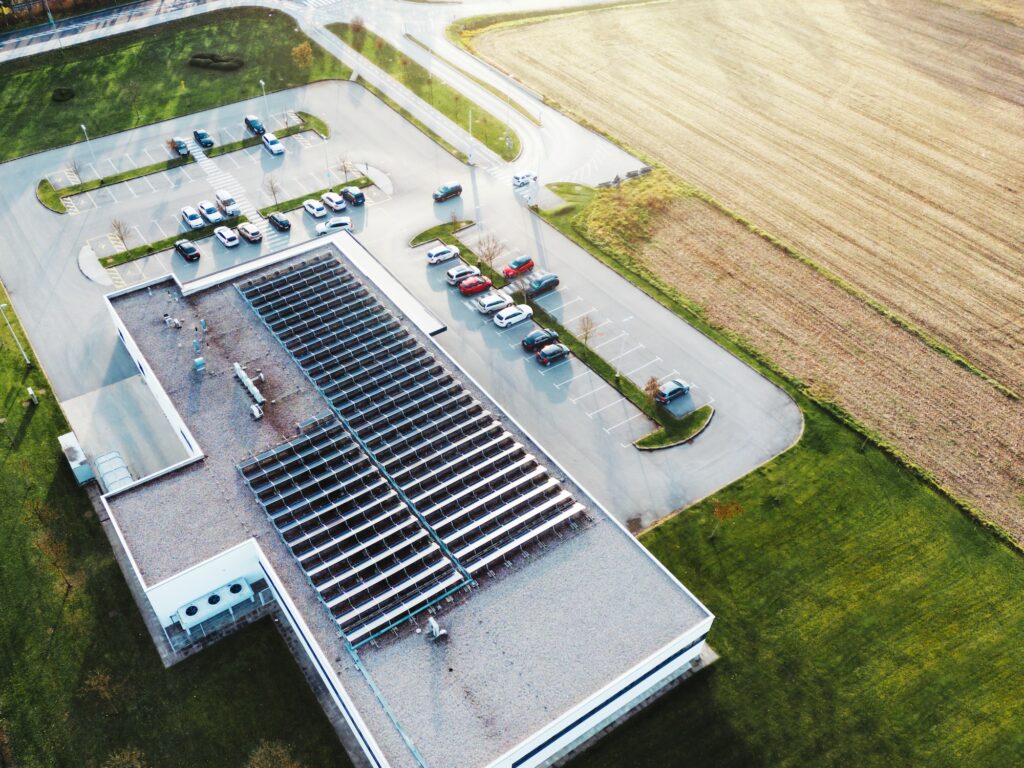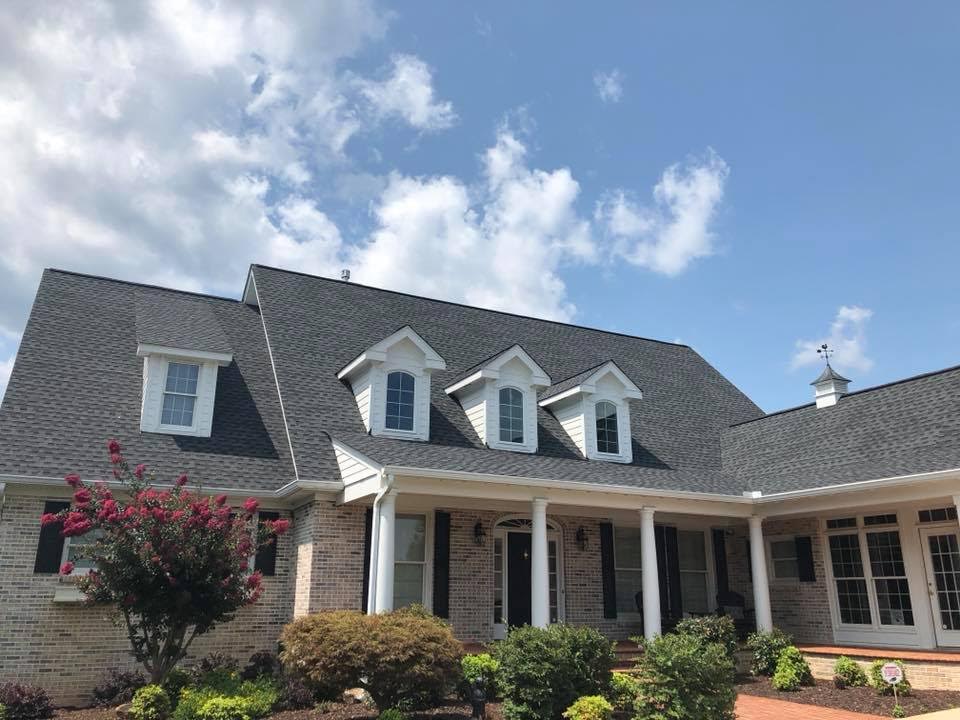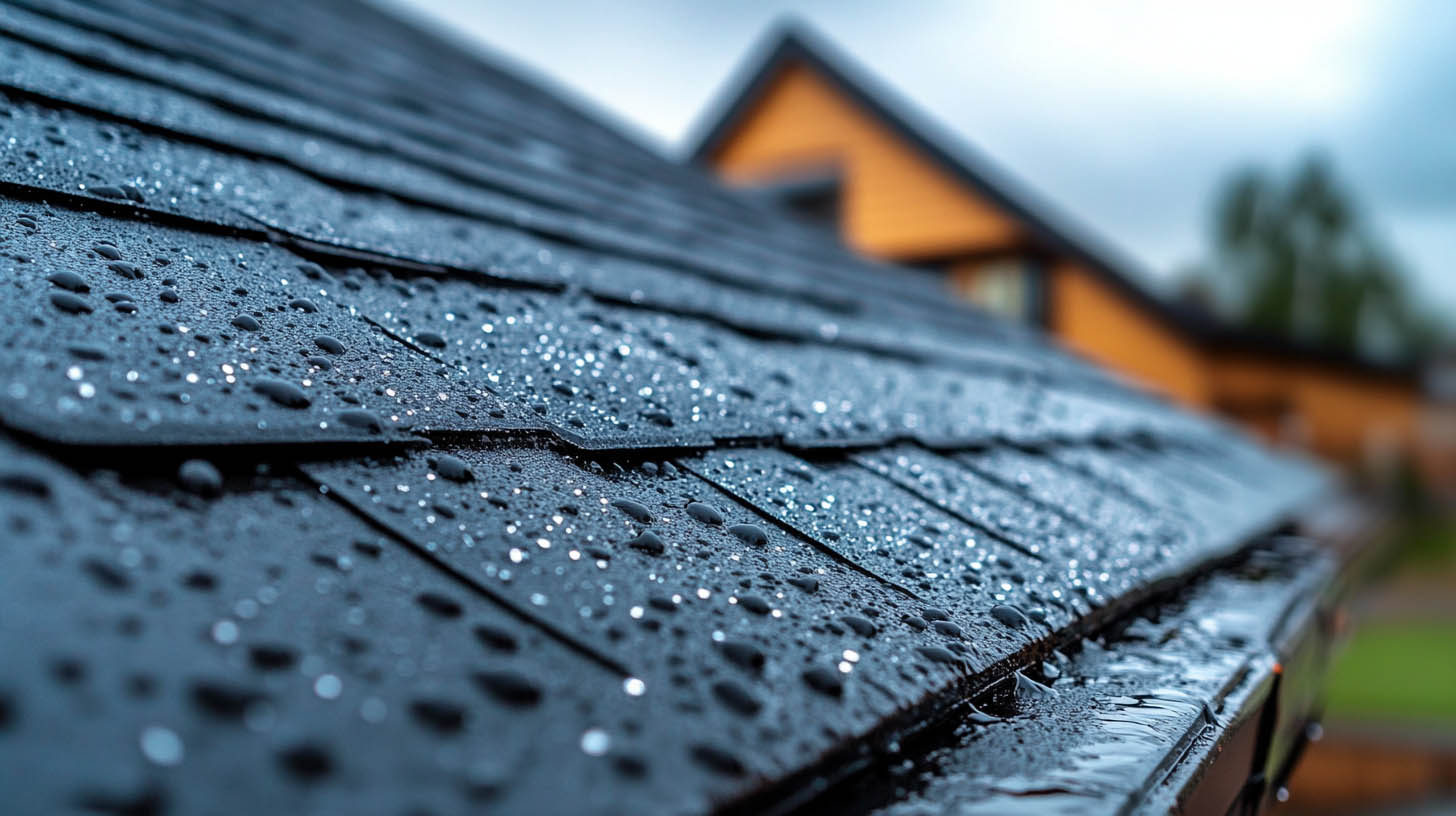The lifespan of a commercial roof depends on several factors, including the roofing material, installation quality, and maintenance. At United Contracting & Roofing LLC, we emphasize the importance of timely roof replacement to maintain the structural integrity and efficiency of your building. Here’s what you need to know about when to replace your commercial roof.
When You See Significant Damage
Any roofing system that has sustained significant damage requires replacement. Damage can be due to severe weather, structural impacts, or accumulated moisture. Signs include:
- Loose Roofing Materials: Indicates potential structural issues.
- Excessive Ponding Water: Can lead to leaks and structural damage.
- Extensive Cracking or Bubbling: Common in asphalt-based systems like modified bitumen.
Interior Damage: Signs such as mold, water stains, or decreased energy efficiency can indicate the roof has reached the end of its life.
When Repairs Cost More Than Replacement
If extensive repairs are needed, it may be more cost-effective to replace the entire roof. Factors to consider include:
- Age of the Roof: Older roofs may not justify the cost of repairs.
- Extent of Damage: Significant damage may require a full replacement to ensure longevity.
- Repair Costs: Compare the cost of repairs to the cost of replacement to make an informed decision.
Roof Coatings: For newer roofs, applying a roof coating after repairs can extend the roof’s lifespan by sealing the original material and preventing further damage.
Average Lifespan of Roofing Systems
The lifespan of a roofing system varies based on the material and maintenance. Here are the average lifespans of popular commercial roofing materials:
- TPO: 20-30 years
- PVC: 20 years
- EPDM: 15-20 years
- Modified Bitumen: 20 years
- Green Roofs: 50+ years
- Roof Coatings: 10-20 years
While 20 years is a general guideline for roof replacement, regular inspections and maintenance can help maximize your roof’s lifespan.
How to Prolong the Life of Your Roofing System
Maximizing the lifespan of your roofing system involves three key steps:
- Experienced Installation: Ensure your roof is installed by experienced commercial roofers using high-quality materials. Proper installation is crucial for longevity, as it helps prevent early failures and ensures optimal performance.
- Regular Maintenance: Conduct regular maintenance to address minor issues before they become major problems. This includes routine inspections and necessary repairs to maintain the roof’s integrity and prevent costly future issues.
- Scheduled Inspections: Have your roof inspected annually, or twice a year, especially before and after harsh weather seasons. Professional inspections help identify and address potential issues early, ensuring your roof remains in good condition and prolonging its lifespan. Regular inspections are key to maintaining the health of your roofing system.
Conclusion
Determining when to replace a commercial roof depends on various factors, including the material, installation, and maintenance. At United Contracting & Roofing LLC, we provide professional assessments to help you decide the best course of action for your roof. Contact us for expert advice and high-quality roofing services.For more information on Essential Information About Cold Storage Roofing, click here.








